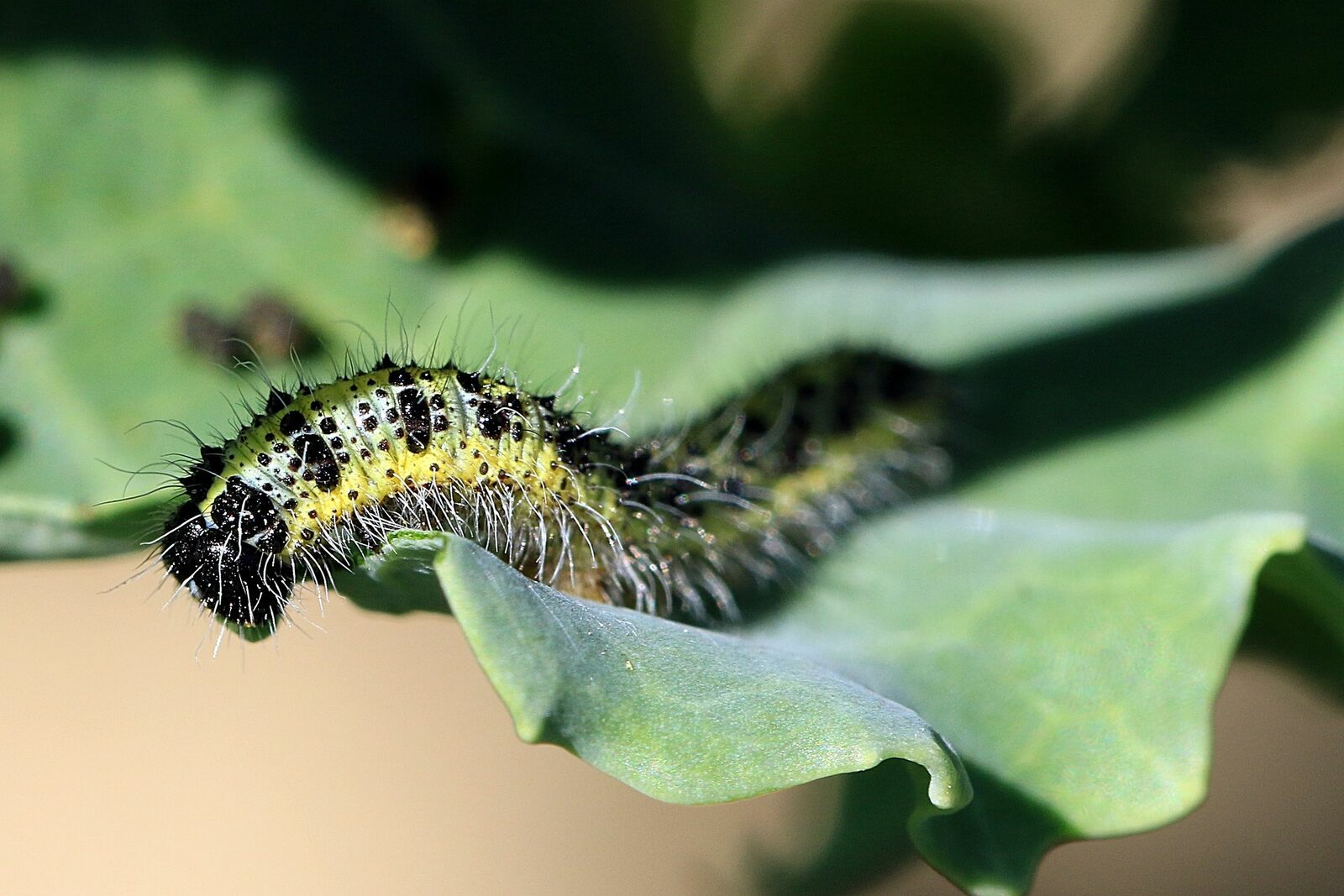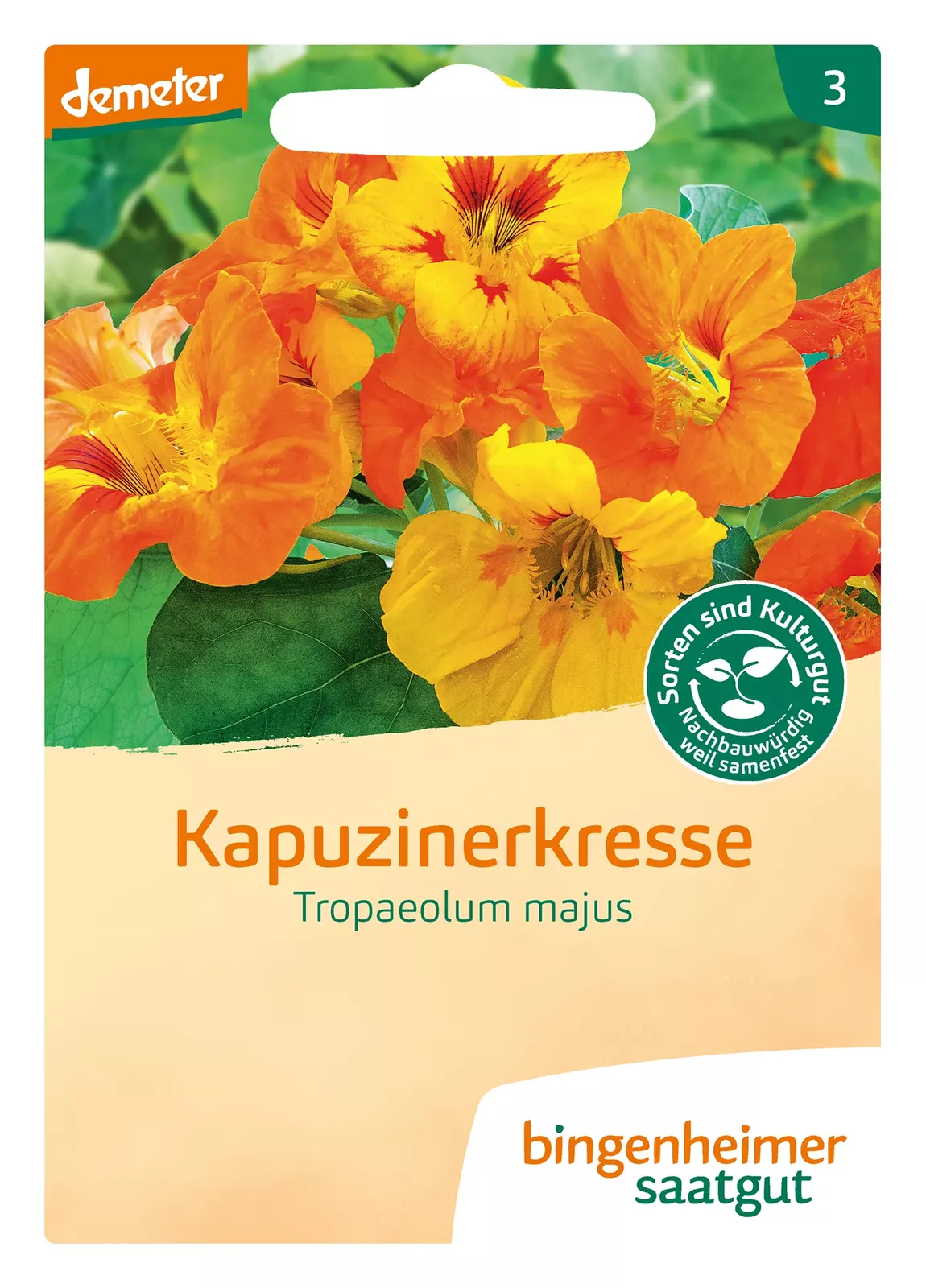Cabbage white butterfly control: About cabbage white butterfly caterpillars & eggs
Pests of cabbage plants: the cabbage white butterfly
The cabbage white butterfly is a butterfly and a frequent guest in our gardens. There are large and small cabbage white butterflies. Both butterfly species belong to the white butterfly family (Pieridae). They are difficult to tell apart. The large cabbage white butterfly (Pieris brassicae) is white to light yellow, has two black spots on its wings and black wing tips. The small cabbage white butterfly (Pieris rapae) is white-yellowish, has a black spot on its wings and also black wing tips.
Cabbage white eggs

The cabbage white butterfly lays its eggs from April/May, and especially between July and August on the leaves of cabbage and other plants, from which the cabbage white caterpillars hatch after approx. 2-4 weeks. The yellowish-green eggs of the large cabbage white butterfly are laid in groups, while the eggs of the small cabbage white butterfly are laid individually. These are usually laid on the underside of leaves. You should therefore look under the leaves when checking your plants.
The caterpillars of the cabbage white butterfly
You can recognize caterpillar infestation by holes in the leaves of your cabbage, eaten leaf edges, traces of droppings on leaves or yellow to green-black caterpillars on your plants. While the caterpillars of the large cabbage white butterfly travel in groups and usually only eat the outer leaves, the caterpillars of the small cabbage white butterfly make their way to the heart of your plants over time. Once the caterpillars have reached the heart of your plants, it is almost impossible to save your plants.
How to recognize the caterpillars
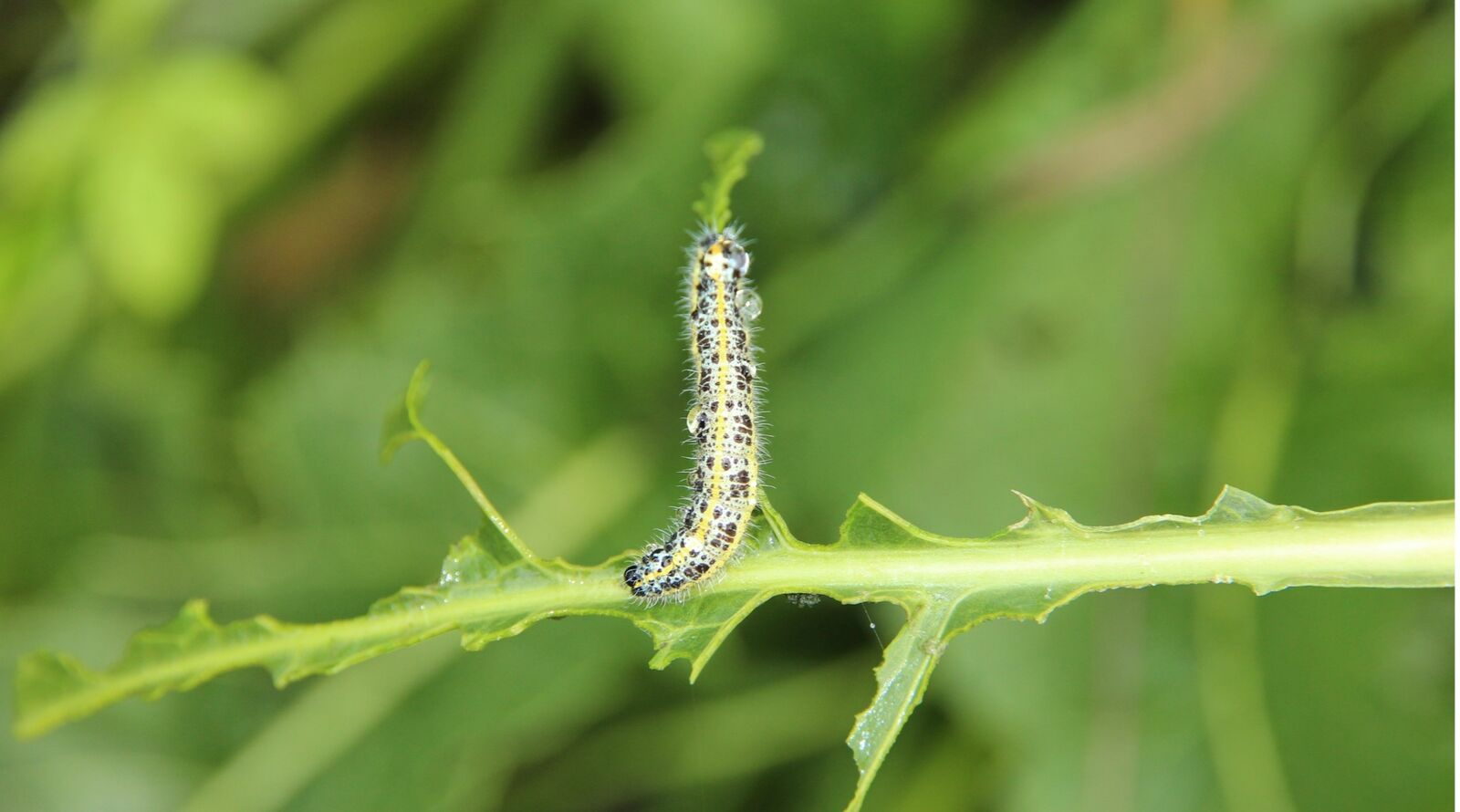
Caterpillars of the large cabbage white butterfly: - Approx. 5 cm long, yellow-light green, black, easily recognizable pattern, easily recognizable, long hairs. Caterpillars of the small cabbage white butterfly: - Approx. 3 cm long, green-dark green, many small, black dots, rather short hairs.
What helps against the cabbage white butterfly?
You should check your plants regularly for egg or caterpillar infestation. If your plants are already infested with caterpillars, you should collect them as quickly as possible. It is best to wear gloves and move the caterpillars far enough away from your garden (at least 25 m) so that they cannot come back. In combination with crop protection nets, this is often the most effective method of protecting your plants from pest infestation.
Fighting cabbage white butterflies: home remedies against the pest
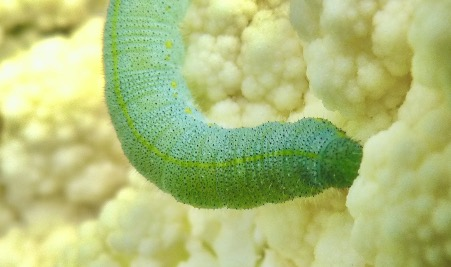
Garlic powder, seaweed lime, tobacco ash and rock flour should also help to keep the cabbage white butterfly away from your plants. To do this, dust your plants with the powder. However, this must be repeated often and every time after rainfall. Some plant dips or plant decoctions, such as tansy, are also said to deter the cabbage white butterfly. However, you should not use nettle slurry on cabbage white butterflies, as the butterfly loves the smell of the slurry and is attracted to it.
Mixed cultivation against cabbage white butterflies: Good neighbors for cabbage
The cabbage white butterfly is confused by strong odors such as celery or tomatoes, which is why it is worth planting these in a mixed culture with cabbage. Other odor-intensive plants and herbs that go well with cabbage include aniseed, basil, mugwort, peppermint, rosemary, sage and thyme. Tomato leaves can also help to prevent eggs being laid on the leaves of your cabbage plants. To do this, make a cold water extract or mulch your plants with the leaves or shoots of tomato plants.
Nasturtium against cabbage white butterflies
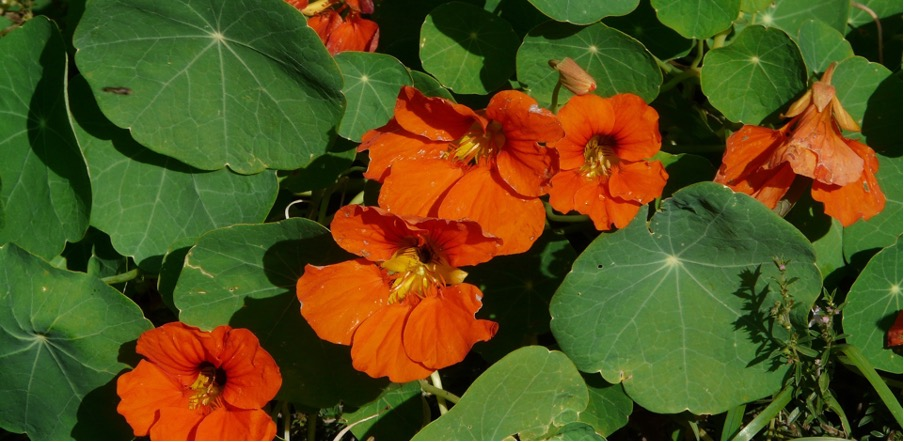
Nasturtium is a good neighbor for cabbage plants because it serves as a kind of bait plant and protects your cabbage from infestation by the cabbage white butterfly. Nasturtium is even tastier for the caterpillars of the cabbage white butterfly than cabbage, which is why the cabbage white butterfly prefers to lay its eggs on the leaves of the nasturtium. This means that cabbage plants are spared.
Use crop protection nets against cabbage pests
The close-meshed nets make it difficult for the cabbage white butterfly to lay its eggs on your plants. These remain on the plants throughout the entire cultivation period and are only removed for tending and weeding. It is important to check your plants for an infestation beforehand and remove any eggs that have been laid. You should also weigh down the net so that the moths cannot reach the plants from below. Check your plants regularly for butterfly eggs in case the cabbage white butterflies have found a way to get to your plants.
Beneficial insects against cabbage white butterfly caterpillars: predators
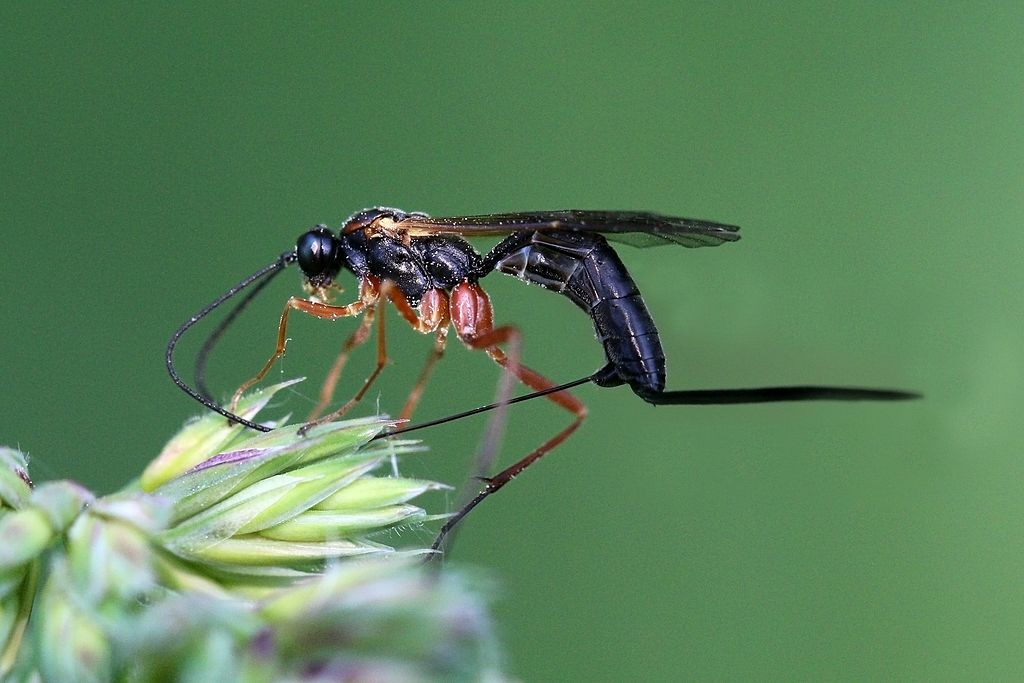
Like most other insects, the cabbage white butterfly has some natural enemies that curb its spread. These include, for example, some predatory beetles and ground beetles, shrews, hedgehogs and also chickens, some birds and ichneumon wasps, which eat the caterpillars of the butterfly. Ichneumon wasps are parasites and lay their eggs in caterpillars such as the cabbage white butterfly. The young larvae then eat the caterpillars from the inside and overwinter in the hollow bodies of the caterpillars.
